Application for evaluation machine
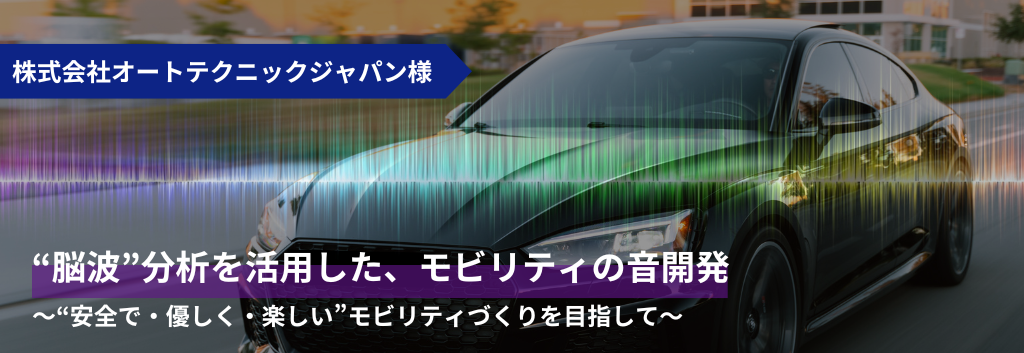

InnerEye Ltd.
inner eye

USER PROFILE

Auto Technique Japan Co., Ltd.
Founded in 1982, we are an engineering solution company that supports R&D and quality assurance for 4-wheel, 2-wheel and general-purpose products. From the design and analysis necessary for mobility development to actual vehicle testing, we are contributing to the mobility society now and in the future based on the experience and high technology we have cultivated.
summary
●Sound quality, which is important in sound development, is researched on how to express “pleasure”
What is the sound that pedestrians can easily hear when an electric vehicle approaches?
● In addition to physical evaluation and subjective evaluation by skilled technicians, express objective data from brain waves
●Evaluation of audibility of approaching sounds (AVAS) of electric vehicles for different vehicle types
Confirming the correlation between subjective evaluation and electroencephalogram data
● Development of sounds that are easy to hear but not unpleasant using brain waves
●In the future, it is expected to be used in fluid situations, such as while driving or walking.
Realizing the creation of “safe, friendly, and enjoyable” mobility for society
Introduction
This time, since its establishment in 1982, "Auto Technic Japan Co., Ltd.", which has many years of experience in mobility development and high quality and achievements, has decided to "aim to create 'safe, gentle, and enjoyable' mobility for society." We asked them about their new initiatives and the experiments they conducted to realize them.
background
Focusing on the "Social Issues of Mobility" Needed Now and Resolving them with High Expertise
Auto Technic Japan Co., Ltd., an engineering solution company that creates people and opens up the future, will establish Mobility Engineering Division 0 in 2022 to undertake new initiatives.
Our mission is to take on new challenges centered on mobility, and to use our high technological capabilities to solve mobility-related issues and issues that society seems to be left behind.
A recent problem is the quietness of electric vehicles and hybrid vehicles. As a result of conducting a questionnaire about electric vehicles and hybrid vehicles, about 80% of visually impaired people answered that they felt fear.
In response to this problem, the company has announced that the vehicle approach alarm system (hereinafter referred to as AVAS) will become mandatory.
Reference: Japan Association of Visually Impaired Organizations (Challenges when riding bicycles and quiet people (hybrid and electric vehicles)) http://nichimou.org/impaired-vision/barrier-free/car-when-driving/
Reference: Ministry of Land, Infrastructure, Transport and Tourism (Regarding partial revision of safety standards for road vehicles) https://www.mlit.go.jp/report/press/jidosha07_hh_000220.html
Mr. Saito: From the social issues mentioned above, we decided to focus on "visually impaired people" and conduct research and development on AVAS this time. At Auto Technic Japan, we carry out planning and technological development that focuses on such points of contact between people and mobility.
Shimoyama (M): This is a field where the experience and achievements in mobility development that Auto Technic Japan has cultivated over many years can be put to good use.
*What is AVAS (Acoustic Vehicle Alerting System)? Vehicle proximity notification device. An acoustic device that notifies pedestrians of approaching vehicles when driving at low speeds in electric or hybrid vehicles. In Japan and Europe, the expression "AVAS" is used.
Task
Necessity of objective data in the development of "sound of mobility" where "pleasant sound" is emphasized
Mr. Yamazaki: In recent years, it has been said that mobility is in a period of revolution, and although Auto Technic Japan has a history of more than 40 years, we are realizing that the form required of mobility has changed.
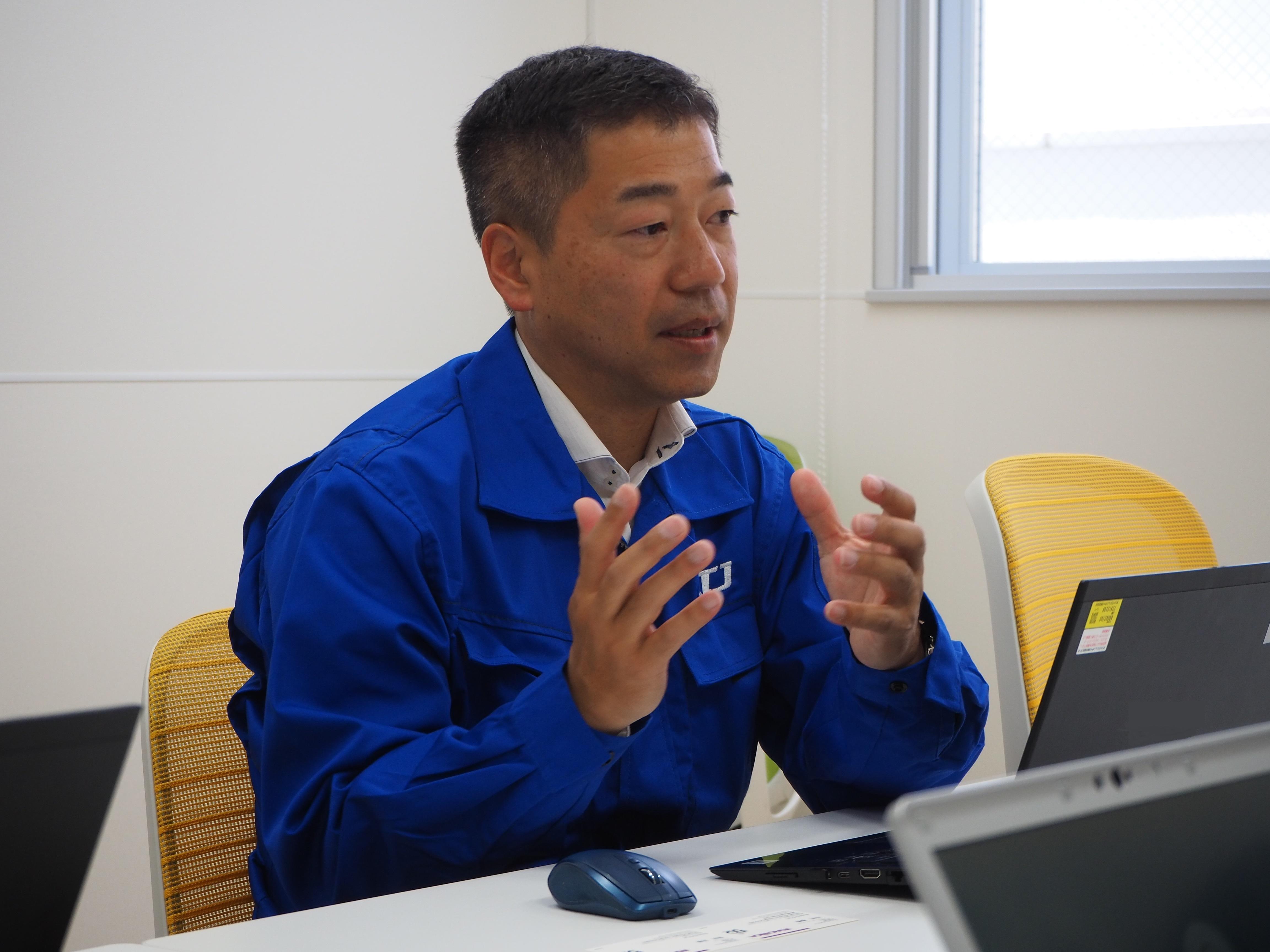
Focusing on the theme of this year's AVAS sound evaluation, it was a major premise that conventional cars should be quieter, and the most important point was "quiet interior". However, with the advent of electric vehicles in recent years, quiet cars have become a matter of course.
Up until now, the evaluation of "pleasant sound" has been based on a physical evaluation that satisfies the prescribed values and a subjective evaluation by skilled technicians, but we feel the need to evaluate not only subjectively but also from the general user's point of view. Then came the question, “How do we incorporate it?”
In particular, we believe that there is a discrepancy in perception between skilled technicians and the general public. "It was the content.
I think it's difficult to express "sound" in words, but I thought that by using "brain waves", I could express intuitive reactions. In addition, there is a possibility that positive emotions such as "Do you like this sound?" I've been paying attention to "brain waves" for a long time.
Purpose
Aiming to create mobility that is safe, kind, and enjoyable for society
Mr. Saito said that he felt the need to evaluate from a "third-party perspective" and "general user's perspective" when he had the opportunity to talk with a "visually impaired person."
Mr. Saito: When I talked to a visually impaired person about various things, I heard a shocking story that the AVAS sound was actually difficult to hear at a noisy intersection, and that he had an accident.
As a manufacturer, we were supposed to set the sound to meet the regulations, but we saw the "gap between reality" and the fact that we weren't actually hearing it. I strongly felt that this was an issue that Auto Technic Japan, which is involved in mobility development, had to solve.
As a result, we decided to measure electroencephalograms as a measure of biological reactions from the perspective of general users who need that sound.
Attempt
Visualization of audibility of “sound”
This time, as an attempt to solve the above-mentioned problems, we asked "5 car models", "skilled technicians" and "general people" to evaluate the ease of listening (ease of recognition) of AVAS sounds of hybrid vehicles. Conduct an experiment to get
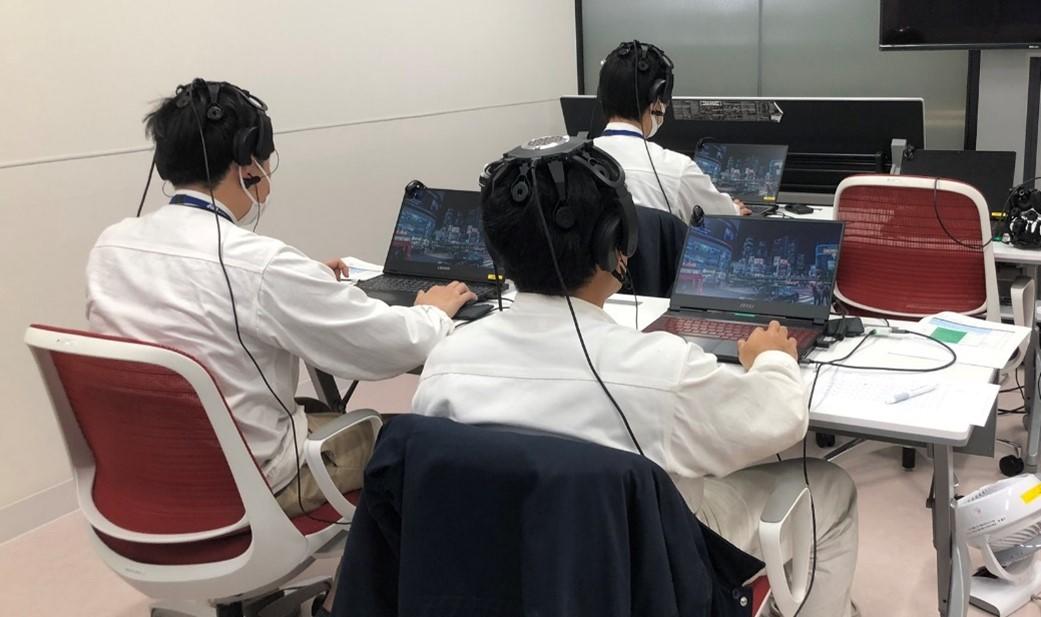
●Experiment contents and results
We recorded the noise at the intersection in Shinjuku, and measured the behavioral data and EEG data when listening to the noise + AVAS. After the measurement was completed, we conducted a questionnaire regarding the ease of hearing. As a result, we found that it was possible to visualize the audibility of AVAS sounds with EEG.
Mr. Yamazaki: As a result of using various logics, it was found that there was a correlation between the subject's "subjective evaluation" and the results of the "sensitivity test" using electroencephalogram data, which is quite valuable data. I feel that
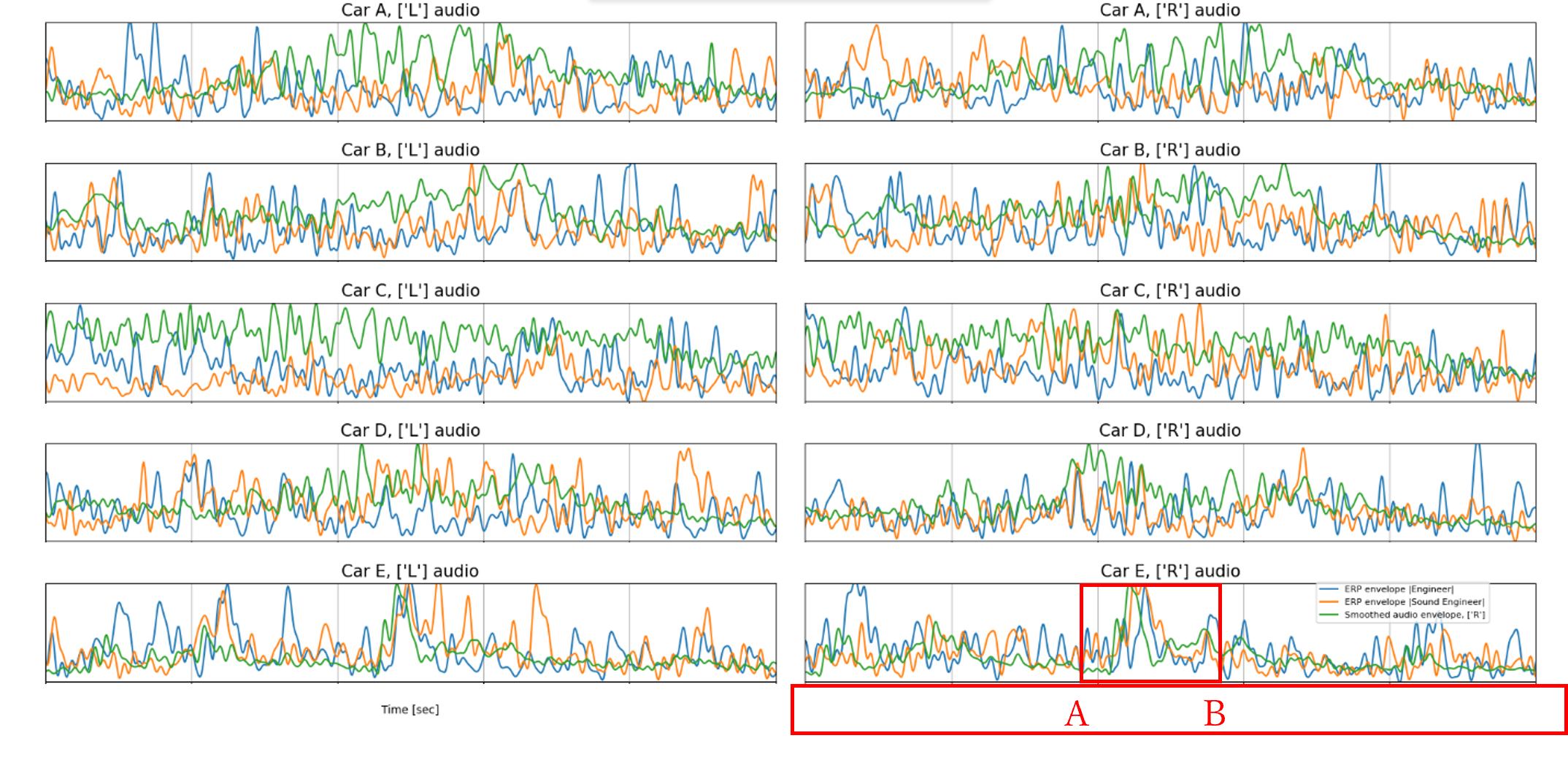
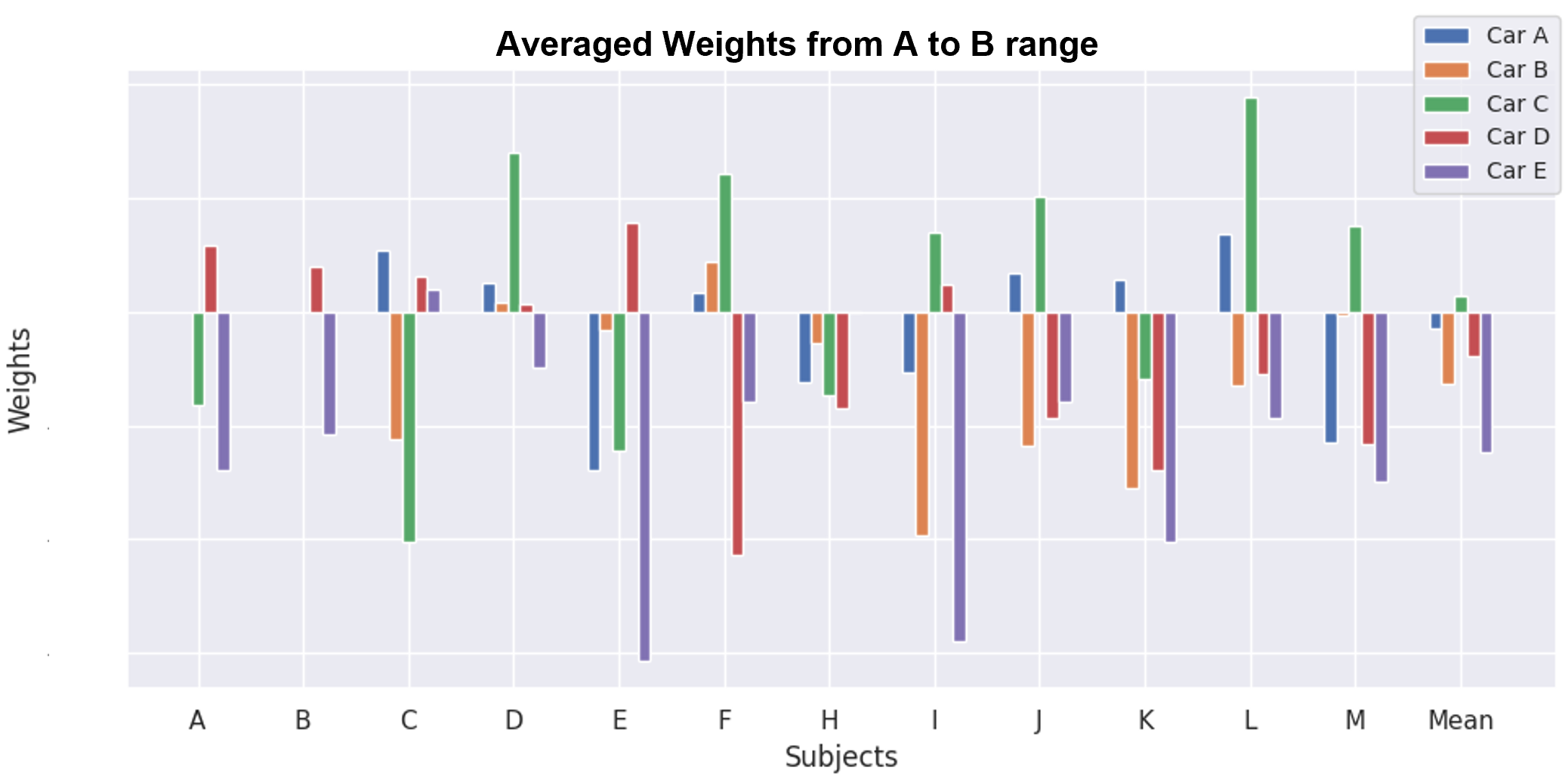
Future plans
Mr. Saito: Based on the results of this time, it was a great achievement that we could see future issues. I think that the fact that I could see the possibility of using brain waves was a big first step.
Mr. Yamazaki: This result shows that general users can expect an “intuitive method of evaluation”.
In order to realize mobility that is "safe, gentle, and fun for society," we will continue to focus on the interface between people and mobility, and will continue to conduct research to realize new mobility technologies such as "developing comfortable sounds" that utilize brainwaves and "transforming the interior of the car into a personalized environment" according to the mood of each individual.
However, we believe that the "utilization of brainwaves" required to achieve the above is still at a stage where sufficient basic research is required.
We look forward to continuing to work with Macnica to further support our efforts in creating ideal mobility.
impression
Mr. Saito: Currently, it is only static verification, but in the future it will be possible to measure while riding in a car, and if it is possible to measure while walking, it will be possible to measure in fluid situations such as verification of pedestrians. , we can expect to contribute to a more comfortable "sound creation" and a safer mobility society.
Mr. Yamazaki: In addition to the results of physical evaluation and subjective evaluation, various research will be possible by obtaining methods and grounds that can be objectively judged based on human biological information, such as the "electroencephalogram data" used in this experiment. We are considering applying it as a development and evaluation index, and based on the results, we would like to use it to realize a better mobility society.
lastly
Shimoyama (M): Through this experiment, we were able to show the potential of brain waves as a biological reaction.
We would like to continue supporting Auto Technic Japan in utilizing not only our EEG solutions but also Macnica 's various expertise to achieve their goal of "realizing a better mobility society."